This profile of Brisbane Airport and its chief executive Gert-Jan de Graaff by Chris Frame first appeared in the April 2019 edition of Australian Aviation.
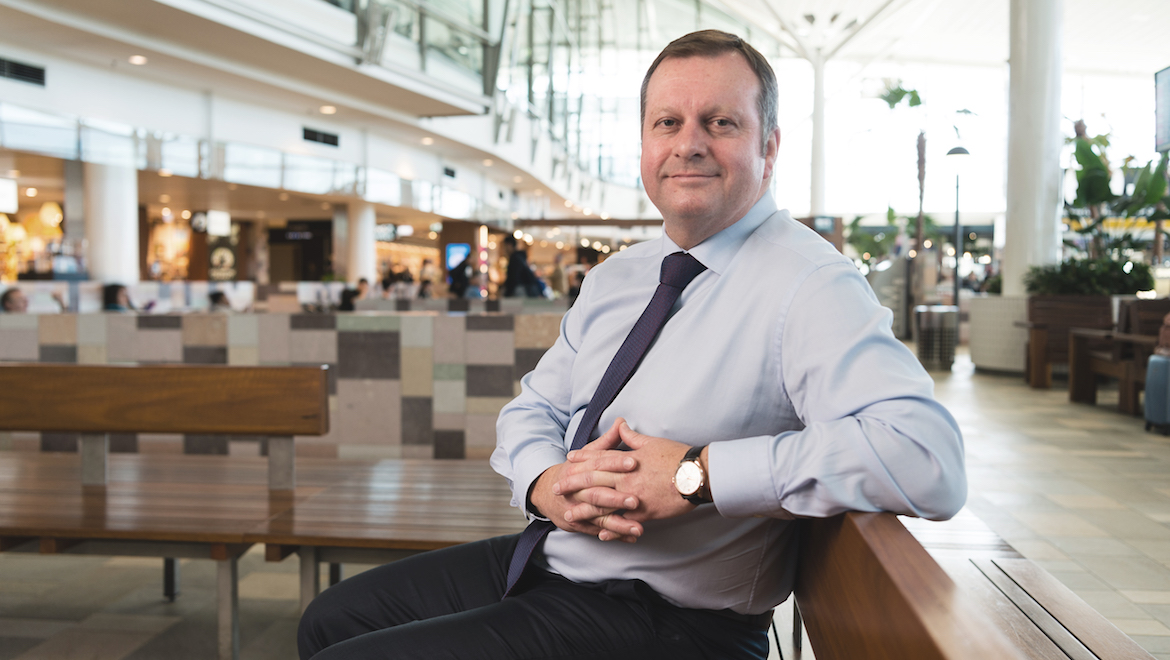
There is a familiar face at the helm of Brisbane Airport Corporation (BAC). Gert-Jan de Graaff may be new to the role of CEO, but he is no stranger to Brisbane Airport, having held senior roles at the airport from 2007 to 2012.
De Graaff returned to BAC in June 2018, after a six-year hiatus that saw him bid to buy a Brazilian airport, as well as lead a major US terminal at New York’s John F. Kennedy airport (JFK). At BAC, he took the reins from the hugely successful former CEO Julieanne Alroe, to lead the airport through a new era of growth and development.
Yet despite a career in airport management that spans well over two decades, de Graaff wasn’t always sure if airport management was for him, recently telling Australian Aviation that his first airport role at Amsterdam Schiphol had a less than auspicious start.
“My history with airports started in 1995 when I joined Amsterdam Schiphol. It was a one-year contract to work at the airport. I was very new to the industry and to be really honest at the time I really didn’t know who ran the airport – it could have been KLM for all I knew. But I joined anyway,” de Graaff recalls.
“Back then, the office was full of grey old men and it was very engineering-focused, so I really didn’t know if I would make it the full year!”
Fast-forward to 2019 and de Graaff has held leadership positions across a variety of airports over a 24-year career; and proved himself to be a skilled leader in the dynamic and ever-changing airport environment.
In the coming months, these skills will be put to the test, as Brisbane Airport prepares to open its new runway in 2020.
The delivery of this project will enable much-needed future growth, and deliver long-term outcomes not only for the City of Brisbane but also Queensland and Australia.
And already looking beyond the new runway project, de Graaff must lead the BAC team to innovate and develop future projects post-2020, with the goal of ensuring Brisbane Airport provides its customers with an experience second to none.
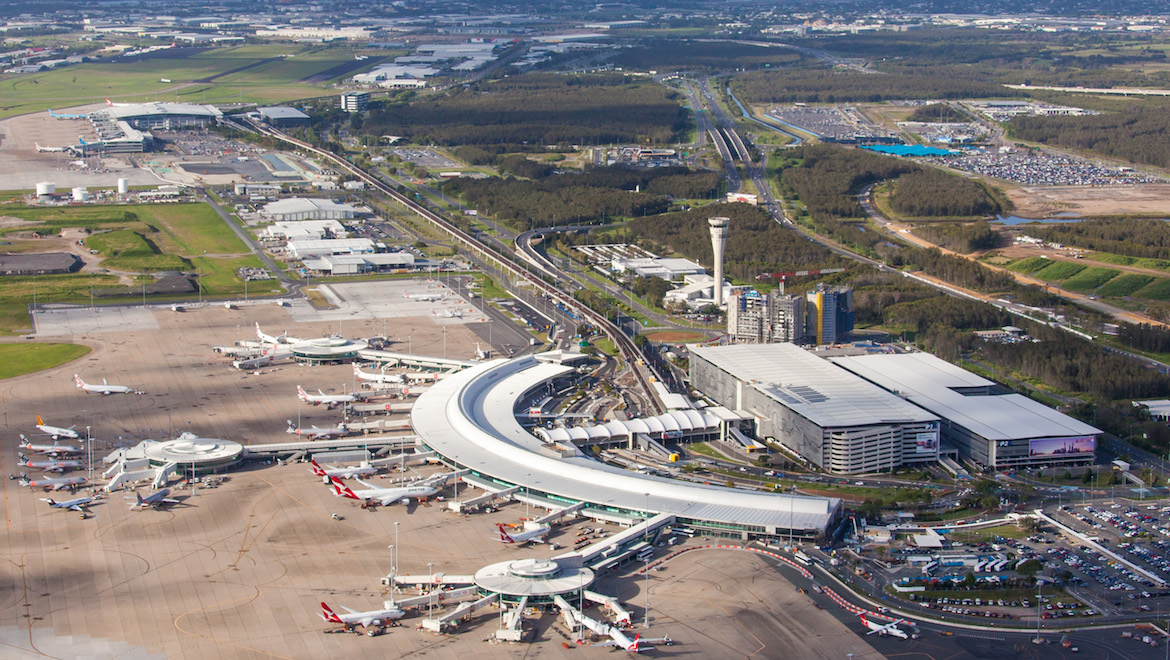
Airport people
Having survived the first year at Amsterdam Schiphol, de Graaff quickly became hooked on the variety of tasks, both strategic and operational, that came with airport management.
De Graaff explains: “Airports are, on one hand, very long-term focused. Take a runway for example, when you build a new runway you have to be looking ahead 10, 20 years and thinking about what the environment will be in the future when the runway is open and operational.”
“On the other hand, airport management is very short-term focused. When a baggage system breaks down, for example, you have to stop what you’re doing and it’s all hands on deck to overcome the operational issue.”
It was this blend of strategic and operational requirements that appealed to de Graaff, enabling him to enjoy a 10-year career at Amsterdam before moving to Stockholm to take on a new challenge.
“At Stockholm Airport I was the General Manager of a new joint venture. We were responsible for managing and developing Stockholm Airport and later also Gothenburg Airport. I worked in that role for two years before moving to Brisbane,” says de Graaff.
At Brisbane, de Graaff took on the role of General Manager, Commercial Activities. This role saw him lead a variety of teams across a range of activities, each building touch points and relationships between his team and BAC’s customers, be they travellers, airlines or tenants.
However a dramatic change in economic conditions, brought on by the Global Financial Crisis (GFC), saw BAC magnify its focus on the future.
At this time, de Graaff was asked to head up a new department tasked with securing a positive outlook for Brisbane Airport.
“When the GFC hit, I was asked to head up a new department that dealt with the changes in the economy, and the big changes in the fly-in/fly-out (FIFO) activities,“ de Graaff recalls of this time, commenting that the change in the economy impacted the FIFO sector quite significantly.
Later, from 2010 to 2012, de Graaff was put in charge of BAC’s new runway project – designed to ultimately deliver a much-needed parallel runway system, relieving the strain on Brisbane Airport’s existing main runway.
In this role, he oversaw the final stages of the plethora of approvals required to commence development on the runway, which de Graaff says was his biggest project to that date.
“There was a lot to consider at that time, including the large amounts of sand we needed to relocate from Moreton Bay, as well as environmental considerations due to the wildlife in the region of Moreton Bay.”
Additionally, de Graaff and his team needed to award contracts for the dredging of over 13,000,000 cubic metres of sand, sourced from Moreton Bay, which created the reclaimed land on which the new runway would sit.
Having successfully completed these projects, de Graaff headed to Brazil in an ambitious attempt to buy an airport. De Graaff explains: “I started a project in Rio de Janeiro to purchase an airport. It was very exciting; we started with just a few of us around my kitchen table and it ended up with 150 people being involved. We worked very hard, but ended up coming in second in the tender process. I was very disappointed at the time.”
However recent economic conditions in Brazil have made the veteran airport manager rethink his disappointment, with de Graaff adding: “Now I am pretty happy we missed out as it would have been a very difficult time had we purchased the airport.”
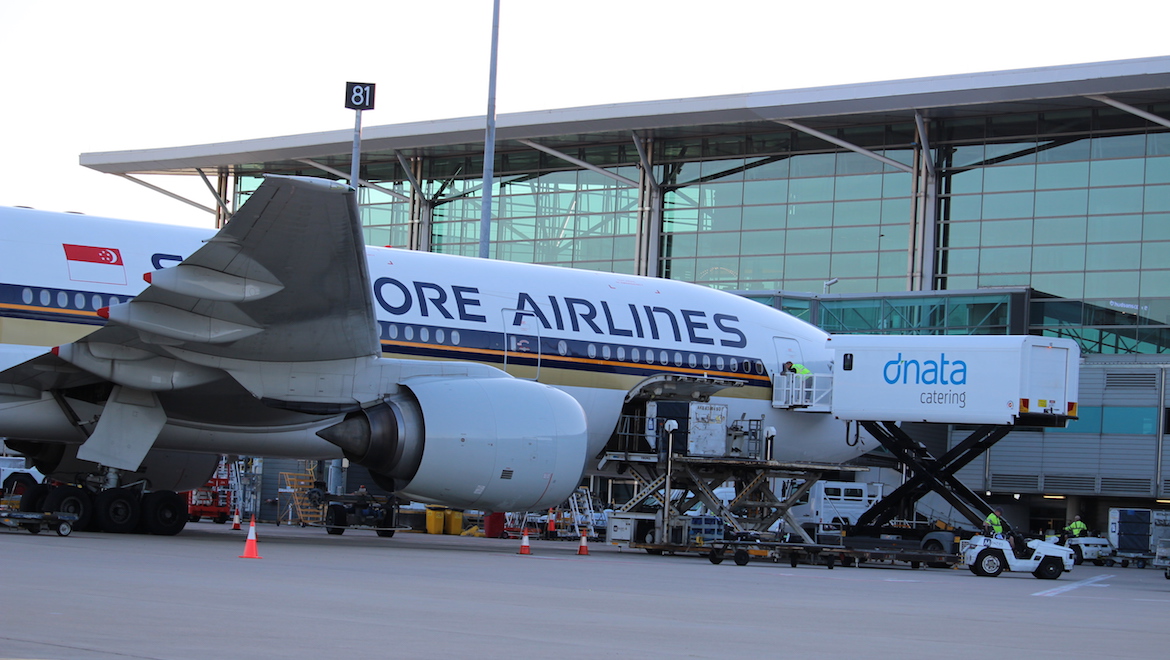
Leading the way
Having overcome his disappointment in Rio de Janeiro, de Graaff sought new opportunities in the United States. Here, he took on the role of President and CEO of Terminal 4 at New York’s JFK.
A private terminal, T4 handles around one third of all passengers passing through JFK. Under de Graaff’s leadership, T4 was expanded and enhanced. Its 16 gates were supplemented by an additional 20, growing the terminal’s capacity from 12 million to 24 million passengers annually; which is comparable to the number of people who passed through Brisbane Airport in 2018.
De Graaff’s time at JFK saw him lead the airport though some tough times, including major snowstorms in early 2018, that resulted in travel and transportation chaos across the east coast of America.
“It started when there was about three weeks of very cold weather – think negative 15 or colder,” de Graaff reminisces.
“This is very hard for people working outside. At these temperatures, fuel is freezing, equipment is failing and then on top of it all, we had a freak snowstorm. It was much worse than forecasted, there was very heavy wind and as soon as the runways were cleared of snow, the wind had blown it back again.”
While weather forecasts suggested that the airport would need to close, initial expectations were for short closures only. However as the weather worsened, it became apparent that the disruptions would be far worse.
Ultimately the airport was closed for 24 hours.
De Graaff continues, “This was a very challenging day. We had aircraft stranded at the airport, a lot of passengers in the building who thought they were going to depart and didn’t, baggage in our system that we had to retrieve and so on.”
Under his leadership and working through the night, the team at T4 ensured the safety of stranded passengers and staff, while maintaining the security of a terminal that was overflowing with both people and luggage.
Fortunately the storms abated the following morning, but the challenge was not over for de Graaff and his team.
A backlog of stranded passengers had to be cleared, while grounded aircraft filled the terminal’s gates meaning inbound arrivals had to be held until departing aircraft could clear the apron.
This experience, which de Graaff describes as “a real challenge” remains one of his most memorable career moments, as it enabled him to put into practice many of his learnings from previous airport appointments.
His ability to rally the team, and achieve a positive outcome despite difficult conditions cemented his belief in several key values that he has carried throughout his career, namely “respect, work hard and have fun”.
“A lot of working at airports is about respect. The diversity at airports is enormous so ultimately you need to be able to work together and that only works when you respect others,” de Graaff explains.
“There are long-term challenges and short-term challenges so you need to work hard; there is never a dull moment and it is a 24/7 business so being ambitious and trying to deliver the best you can is important. But it’s also about having fun – we spend a lot of time at work, doing this job, so the least we can do is have fun. That’s my motto anyway.”
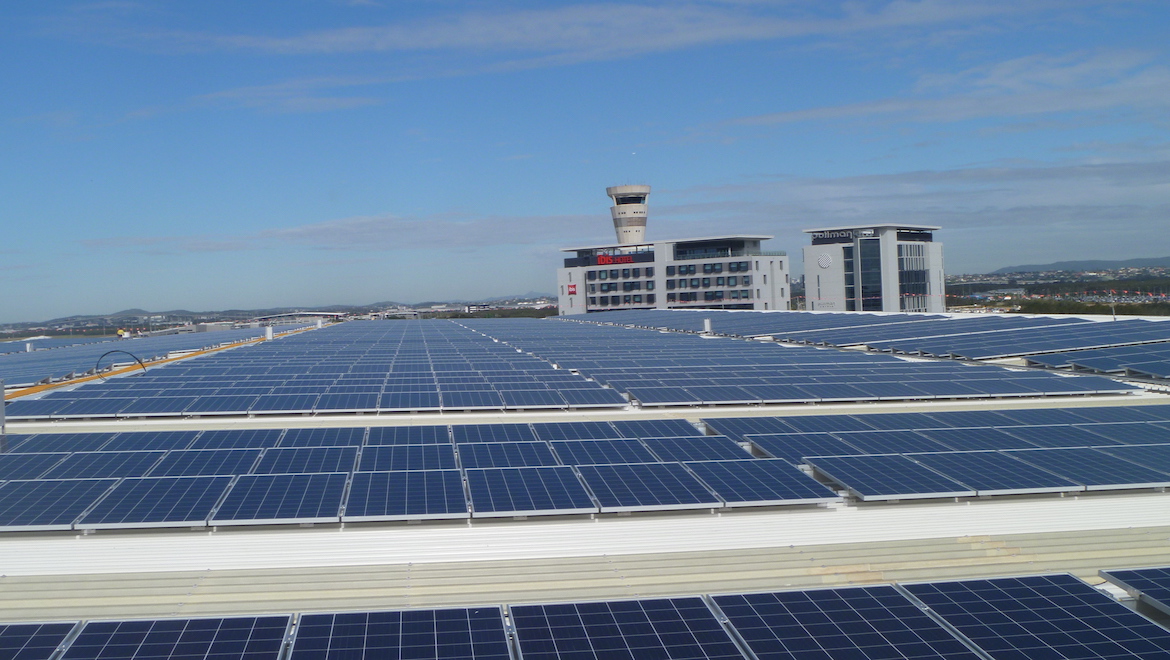
Back to Brisbane
In mid-2018, de Graaff returned to Australia, this time as CEO of BAC. Having already worked at the airport, de Graaff was well aware of the organisation’s enviable culture and capable, motivated staff, and was excited to accept the challenge of leading the next phase of the airport’s development.
He comments: “I always knew that if there was ever an opportunity to come back to BAC as the CEO I would give it a go.”
Upon returning, de Graaff reflected on how far the organisation had progressed since he departed in 2012, observing that: “BAC is definitely a bigger and more professional company than it was when I left six years ago. A lot of things have happened in terms of infrastructure and internal development in those years.”
Additionally, he has noticed changes in the city, saying that, “Brisbane is a different city than it was five years ago. The spirit currently in the city is one of growth and development – we aren’t a country town any more – and that is a real positive. The city is buzzing, and it’s great to be able to tap into that enthusiasm.”
Having worked in airports across five countries, the veteran airport manager has turned his skills towards leading BAC past 2020; allowing the airport to realise the long-held goal of completing the new runway; a project that he had previously led and which saw BAC break the mould of conventional runway design and development.
“This was the first privately funded runway in Australia, if not the world,” de Graaff says. “It was a very difficult project to get going, as we needed to explain to airlines and the banks why we needed $1.3bn to build the runway. In 2012 the airlines came together and decided that the new runway was absolutely necessary for the ongoing development of the airport.”
Such a move was vitally important. As both Sydney and Melbourne airports approach capacity, complacency on Brisbane’s part could have long-term ramifications for transport on the east coast.
Fortunately, since the commencement of runway works, the project has run to schedule and is on budget. However such an outcome was not achieved by chance, with BAC’s unique corporate culture and strong vision enabling a high degree of buy-in across the organisation, allowing for a smooth runway development project.
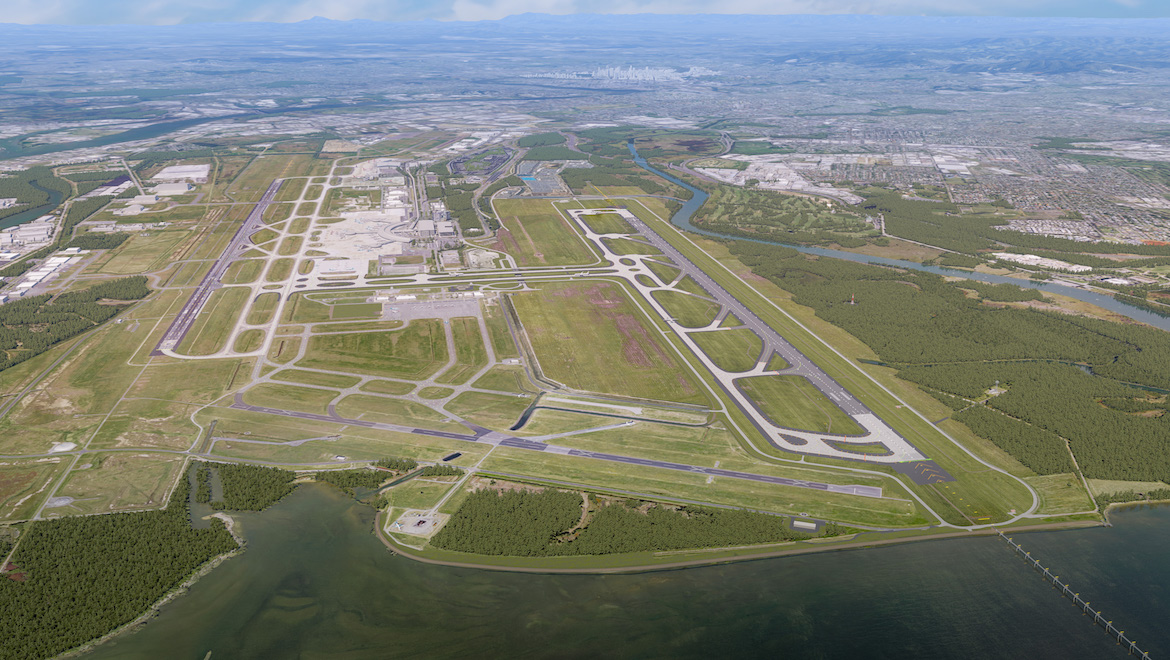
The pillars
With the new runway nearing completion and on track for delivery in 2020, de Graaff must now turn his attention to motivating the BAC team to take on new challenges and further develop the airport assets in both aeronautical and non- aeronautical areas.
To achieve this, and position Brisbane as a leader among global airports, de Graaff has adapted his personal values, developed over years of airport management, to service Brisbane’s needs for the future.
De Graaff calls these values “pillars” and says the first of these is collaboration: “There is nothing you can do at an airport alone. You always need other people. Whether it is internally, within BAC, or working externally with government agencies, our retailers, airlines and so on – it only works when you are aware of the need for collaboration.”
The second pillar is understanding. To understand what others need and want is essential to de Graaff and he stresses an emphasis on listening to the ideas and points of view of others when developing strategies or dealing with operational issues, adding: “At the same time ensure others understand where you are coming from. Essentially it is about being open and honest, especially when you’re working with a community, always remain honest.”
“Then I think it’s about being innovative which I think is very important,” de Graaff continues. “I sometimes say to the team ‘dare to be different’. We identify where we want to make a real difference and do things a little differently at the airport to achieve great outcomes.”
In adapting these pillars, de Graaff is quick to point out that courage is needed, but ultimately BAC believes that such an approach pays off in the long-term, with the airport’s consistently high customer satisfaction scores just one metric used to measure the long term success of the airport’s approach.
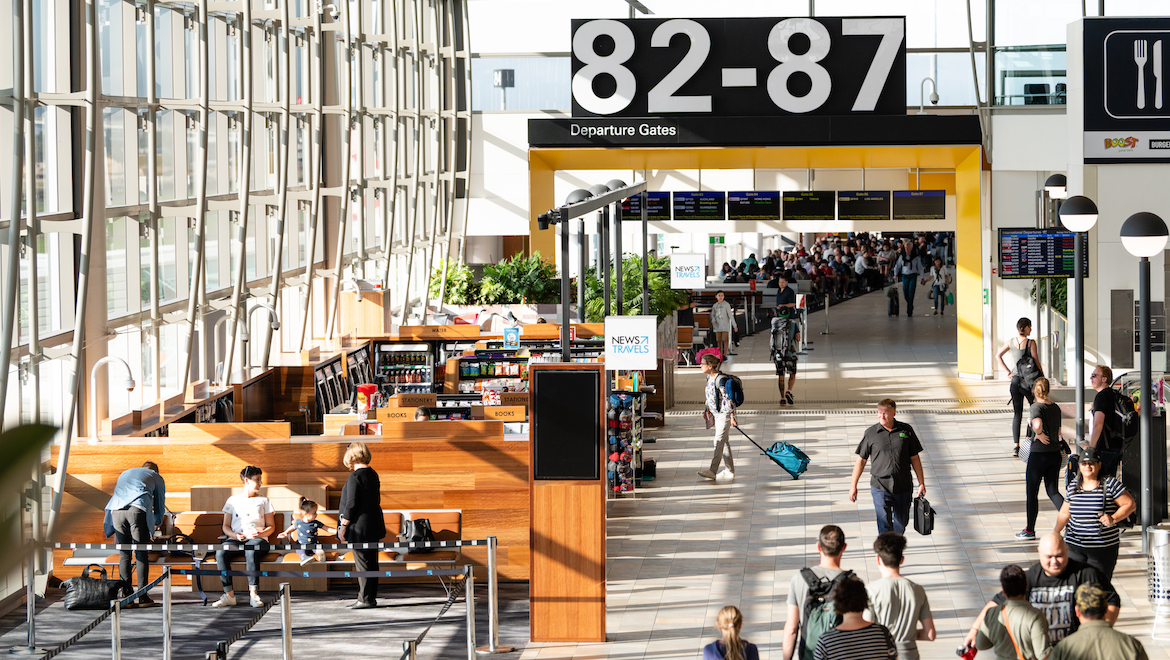
Widening focus
Having worked over recent months to embed these philosophies into the business, BAC is now embracing new challenges. One such example is a new Auto Mall, which is being developed on the airport grounds.
This facility will include car dealerships and a test track in the centre of it, delivering a unique and somewhat different take on traditional car dealership precincts.
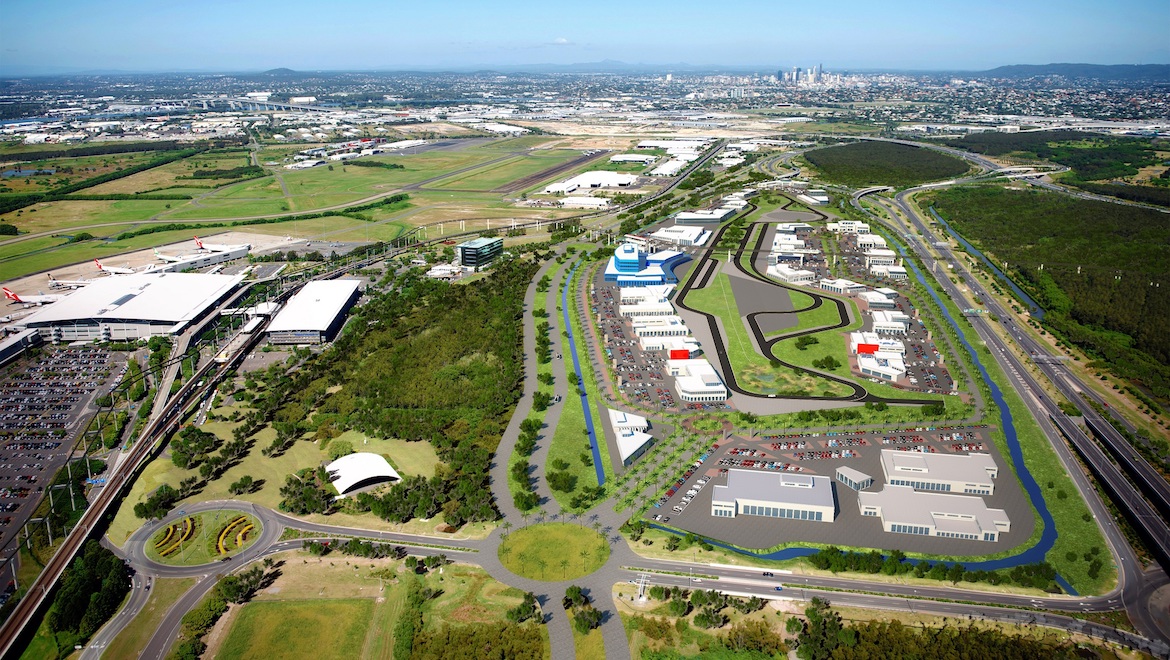
Additionally, BAC is also advancing plans to develop an entertainment precinct, as well as a world-class medical hub, both of which will add significant value to the Brisbane community.
Airside, the airport is well underway on the refurbishment of its domestic terminal precinct. This includes a $40 million investment in a new retail environment, which de Graaff says, “will offer a completely new product offering in retail as well as food and beverage, as well as improved facilities such as better bathrooms.”
And despite recent multi-million dollar investments in the international terminal, BAC is preparing to further upgrade the facility, with new gates and an expansion of the retail precinct on the horizon.
With de Graaff at the helm, BAC is in good hands. The strong culture at BAC, mixed with the depth of knowledge that the airport’s new CEO brings, should enable BAC to meet and exceed the expectations of their customers well into the future.
This, after all, is what de Graaff says working at an airport is all about.
“Ultimately it’s about our customers, the airlines, passengers and our tenants – we want to always create a situation where they don’t have to worry and just be happy. That’s my philosophy, to realise the expectations and then exceed them.”
VIDEO: A look at the lighting installation at Brisbane’s new parallel runway from the airport’s YouTube channel.
This story first appeared in the April 2019 edition of Australian Aviation. To read more stories like this, become a member here.















